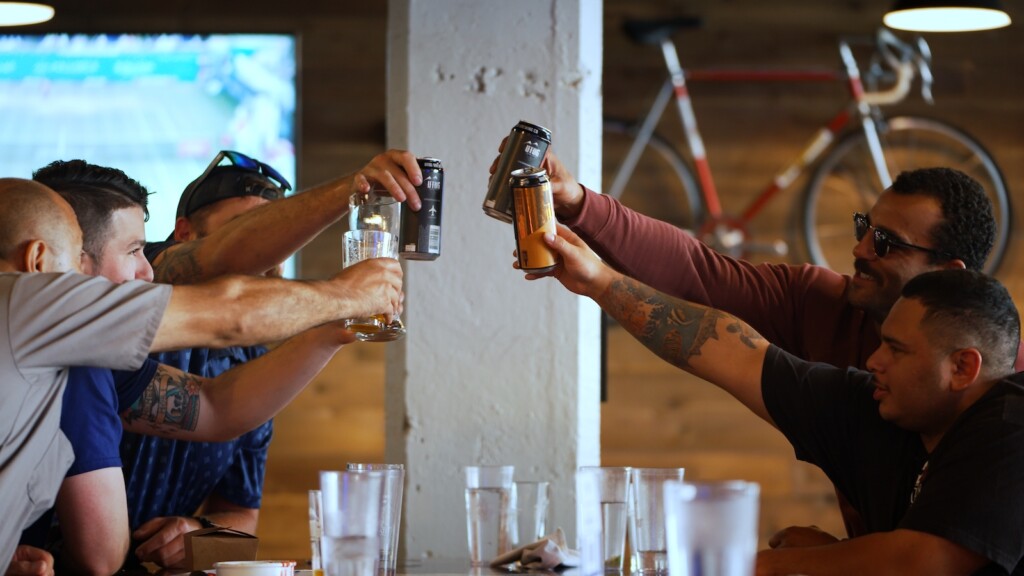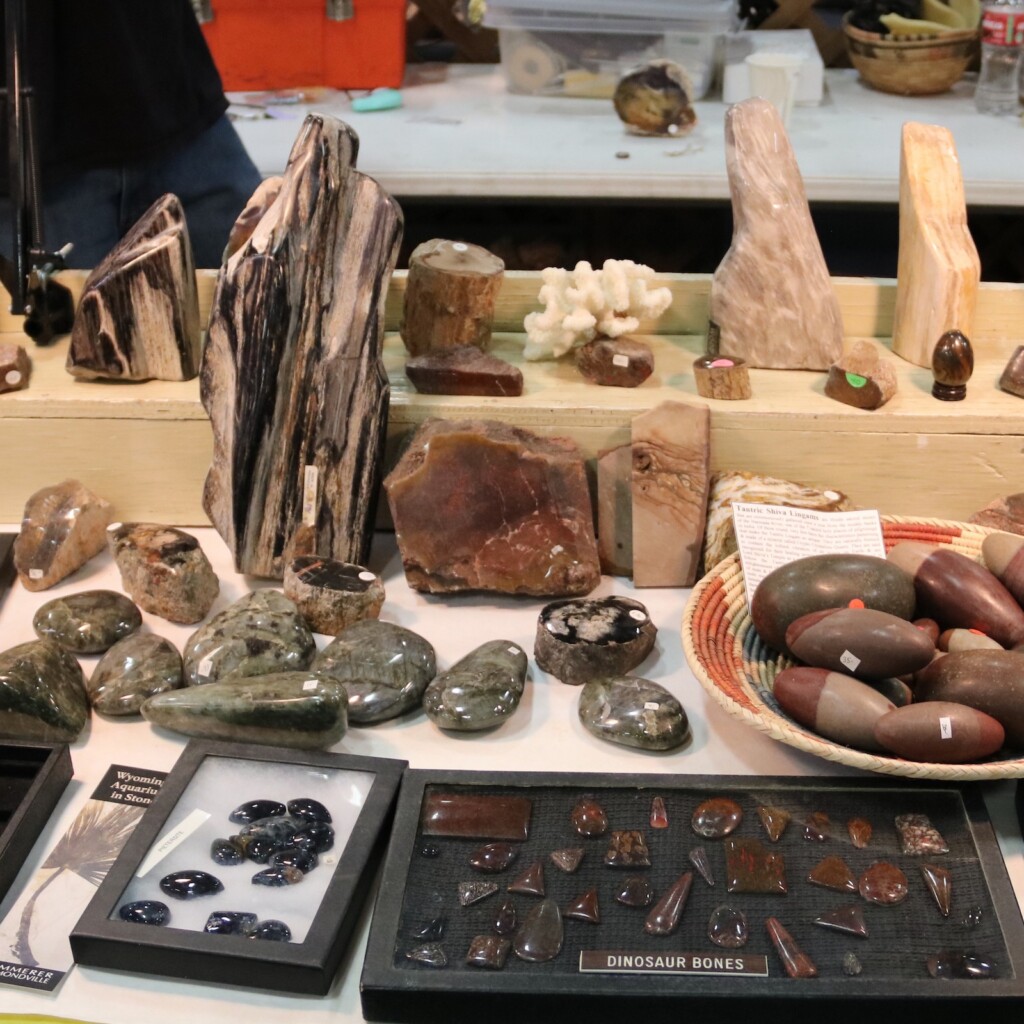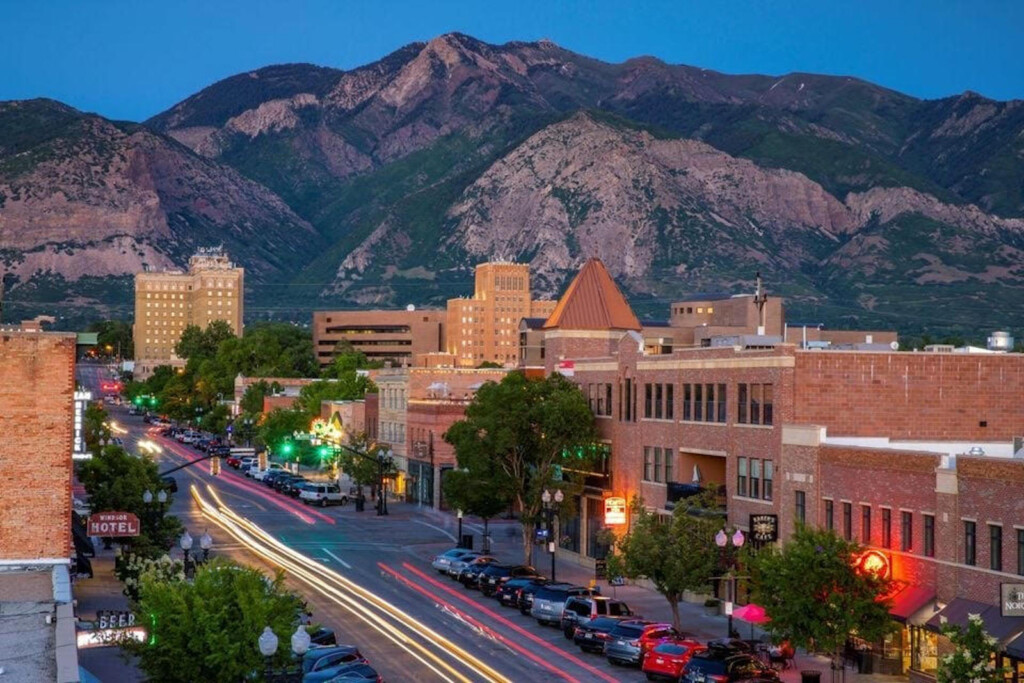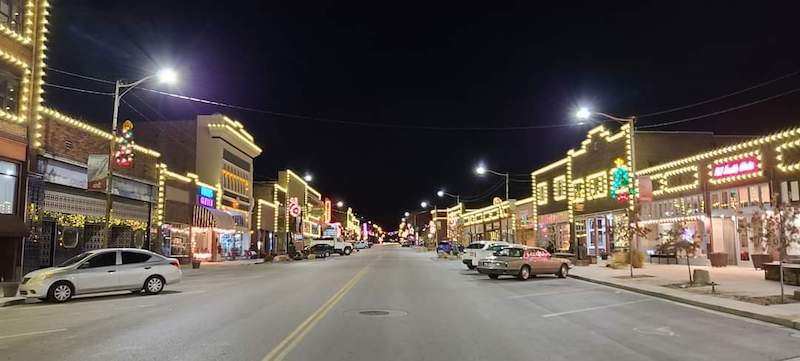
For many years, the sleepy town of Helper, Utah was only a place to stop for fuel on the way to and from the world-famous Arches and Canyonlands National Parks. In fact, many drivers didn’t even notice the little city tucked in along the mountainside nestled among the trees and river.
But that wasn’t the case for Cindi Curry, the owner of Balance Rock Eatery and Pub, who has brought delicious food and drinks to Helper’s Main Street since 2011, when she purchased the restaurant. In fact, she owns several businesses within the city limits and she isn’t alone in her desire to restore this once-thriving town.
Not long ago, Helper was almost a ghost town, as many of the old businesses were boarded up and some buildings were in danger of falling down. However, Helper hadn’t always been that way. Originally named for the extra train engines needed to help trains up the steep mountain grade to Soldier Summit, Helper was once a thriving community, and home to 20,000 coal miners, 33 bars, and 19 whore houses. It was also a central railroad hub for many coal mining towns nearby. The town itself sits at the base of sandstone cliffs and gray shales from ancient Cretaceous seas, carved by wind and water across eons. Over time, smaller nearby towns vanished, leaving only echoes from the past.
Helper’s nearly 2,500 residents are working to slowly reinvent the small town into an artist and tourist destination. Galleries, museums, and small shops have blossomed along Main Street, reviving the old city. The original brick buildings provide a photographic backdrop along with both neon signs and vintage signage. Strolling past art galleries, restaurants, and antique shops, all of which are housed in beautiful restored old brick buildings, is a walk through the past.
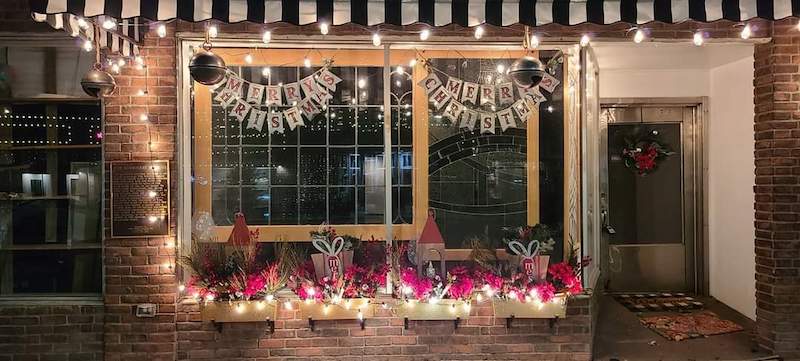
Helper, now affectionately known as a living ghost town taken off life support, is making its way back to life with events such as the annual Arts and Film Festival. The Butch Cassidy Film Festival extends the magic of Indie films as it falls on the heels of the Sundance Festival in Park City. The Outlaw Car Show in Helper is Castle County’s oldest and largest car show, bringing antique vehicles from all around the state to participate. Helper is known as Utah’s Christmas Town, complete with a festival and annual parade. First Friday celebrations are held monthly, inviting you to take a stroll down historic Main Street, bookended between two restored gas stations owned by Gary DeVincent, that welcome visitors to the downtown district.
DeVincent fell in love with the area and moved from his home in American Fork to Helper, to put his love of old motorcycles and old buildings to work on the vintage Sinclair and Conoco gas stations, even turning the historic Conoco into a beautiful Airbnb. He also purchased and restored the old crumbling Lincoln Hotel, with its racy history as a brothel, now also an Airbnb.
The rebuilding of Helper’s Main Street and restoration projects have been accomplished by the teamwork mentality of both oldtimers and newcomers lured in by lower housing costs. Some are artists, while others have a dream of seeking out the slower pace of life by escaping the hustle and bustle of the big city.
Roy Jespersen, along with his architect wife, Anne, launched The Helper Project, a nonprofit organization supporting the town’s revitalization and beautification, purchasing a former grocery store on Main Street and renovating it into a high-end art studio with their home in the back.
As you walk down the main drag of this old western boomtown, you can’t help but feel like a time traveler somehow transported back to when life was a little slower and things were simpler. The city’s nostalgic memories come to life as tourists visit restaurants and bars where long-time residents welcome modern-day travelers for a drink.
The main attraction to Helper is quite literally walking the historic Main Street. The popular Helper Mining & Railroad Museum located on Main Street, highlights the last century of the town’s history and underground mining stories from the late 1880s. As you stroll through town, you’ll find your way to several art galleries, many wall murals, fun coffee shops, a quaint bookstore, restaurants, and of course, the gas stations at either end of town.
The world’s largest coal miner statue, Big John, an 18-foot-tall fiberglass miner statue, offers that Instagram-worthy, touristy photo. Built in 1964, Big John commemorates the mining history of Helper, and received its name from the 1961 best country song of the year, “Big Bad John” by Jimmy Dean.
The city, once known for its railroad and mining industry, has created a new beginning with its own unique identity. You can still travel by train to visit Helper, which seems fitting for its longstanding history as a mining railroad town that somehow feels a little like Route 66 mixed with Park City’s Main Street.
If you’ve ever wondered what Helper is like, perhaps it is time to go there. Not only is Main Street making a comeback, but there is a relatively new campground in town, and if you are into dark skies, you may just become starstruck by the magic of this place.
RELATED STORIES
Helper, Utah: a Diverse and Artistic Community
Cindi Edwards-Curry: Businesswoman Extends a Helper Hand
Artist Ben Steele at Home in Helper
Helper’s Brothel and Mining History: According to Tino
SUPPORT LOCAL JOURNALISM AND SUBSCRIBE TO PRINT MAGAZINE
Subscribe to Utah Stories weekly newsletter and get our stories directly to your inbox



